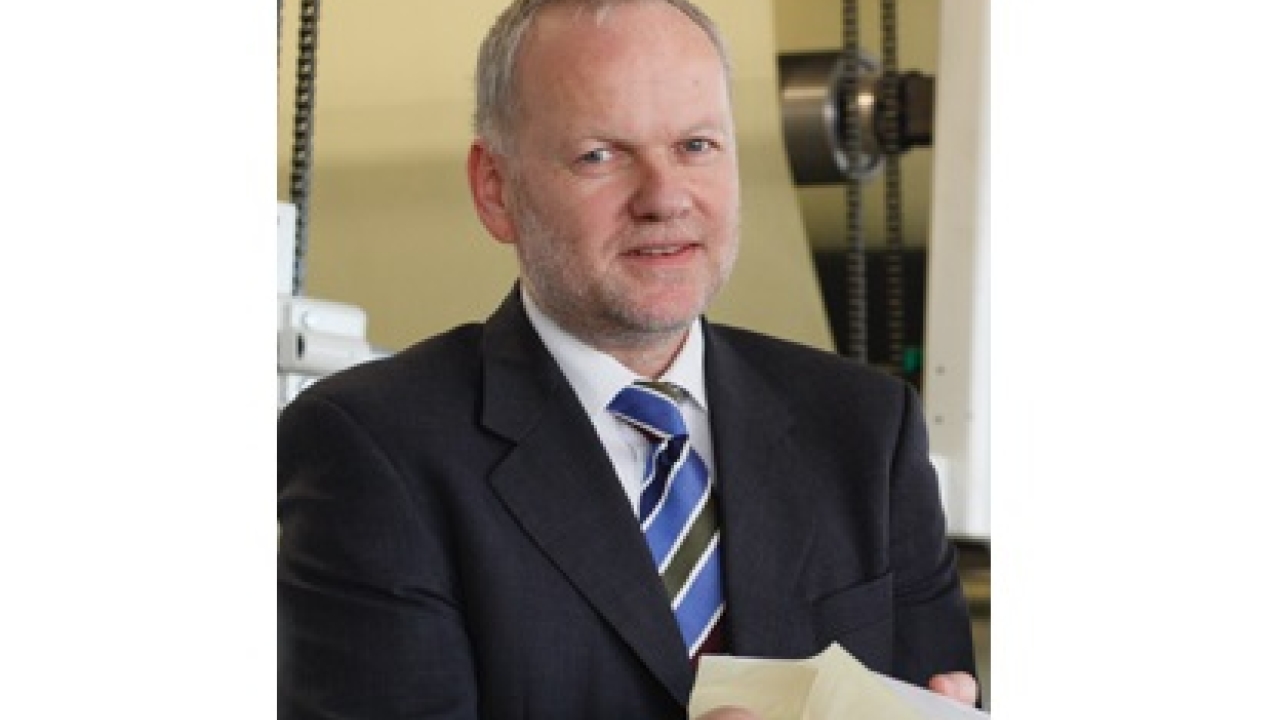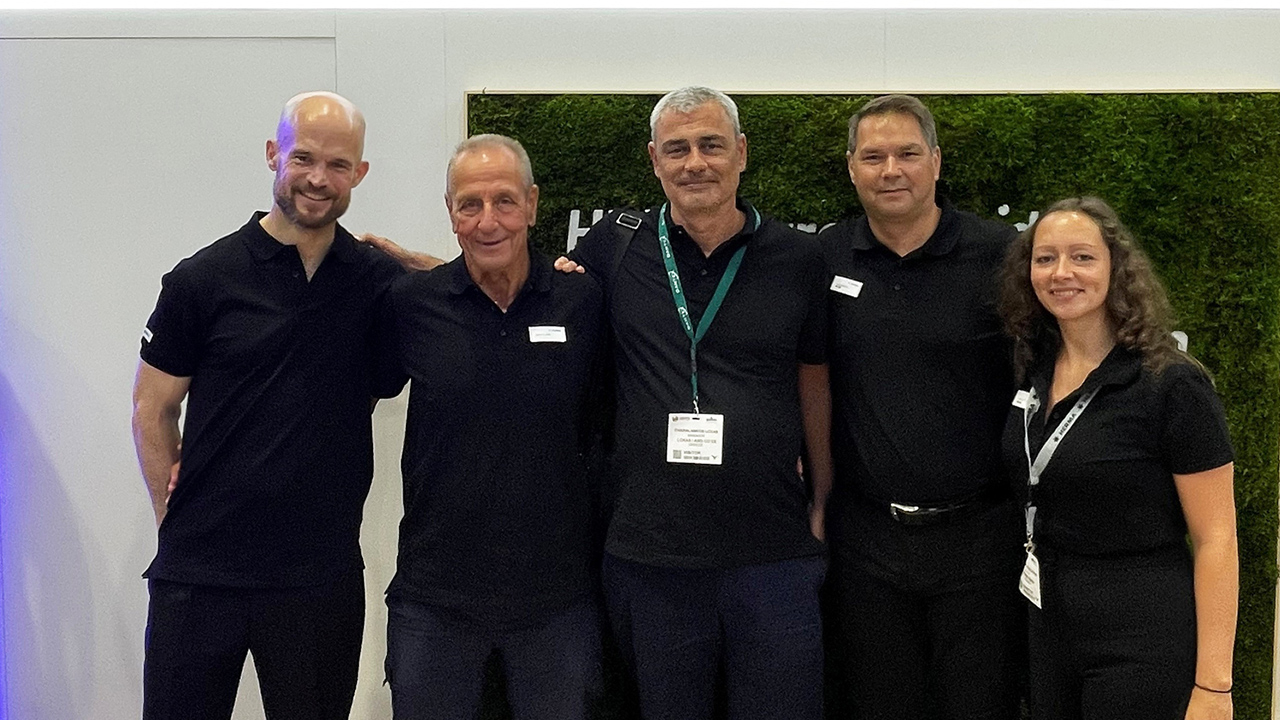L&L turns 40: Sustainability – a time for action

Before today, it was enough for businesses that wished to convey the image of an ecologically aware and sustainable enterprise to print their brochures on recycled paper and install solar panels – even if their production and development processes were not modified at all.
In his widely acclaimed book, Strategies for the Green Economy, Joel Makower made a delightful comparison: ‘Corporate sustainability is like teenage sex. Everybody talks about it. Nobody does it very much. And when they do, they don't do it very well.’
In the past, green thinking was all too often just a marketing or communications trend, not a call for action. In my opinion, however, we have reached a turning point. In the future, green issues will be shaping our agenda in a way that was inconceivable until recently. My belief is founded on three drivers. First, highly critical and better-informed consumers; second, extremely tough business management factors; and third, an entirely new approach to the subject of recycling.
Mobile apps for eco-warriors
The much-admired Carbon Footprint Calculator (www.carbonfootprint.com), which enables consumers to measure the carbon dioxide emissions associated with certain activities or products, was a forerunner of recent developments. Mobile phone apps are now available that investigate manufacturers' eco-sins while the consumer is shopping. All he does is scan in the barcode (e.g. www.codecheck.info (German only) and www.barcoo.com). Although such tools may still be in their infancy, it is worth remembering that, not so long ago, the tremendous (market) power exerted by a simple search engine was unimaginable. Major international consumer goods manufacturers and brand producers, which regularly consume enormous quantities of labels, among other things, are suddenly becoming the driving forces of sustainable management. They are exposed to pressure from consumers and are responding accordingly. Manufacturers are now asking both immediate and upstream suppliers to perform detailed eco-audits.
Taking a closer look
There is a further reason why producers of consumer goods are now taking action in this respect: cost pressure. Although cost economies are imperative, they must not be made at the expense of quality – that is a lesson that has been learnt from the past. Bearing that in mind, label users also take another factor into account: wasting resources is expensive. And waste disposal is costly too. Irrespective of his place in the supply chain, a supplier who does not have both of these aspects under control must be suspected of passing on costs without offering the customer any value-added in return. Without doubt, the environment benefits directly from both factors – critical consumers and the pressure to conserve resources. These two issues are suddenly making brand producers take a very close interest in the processes employed by label printers and adhesive material coating businesses. They are presumably undertaking fact-finding missions to paper mills as well. We are already inviting more and more of our customers, together with end users, to visit our adhesive material production facilities – and the outcome has been very positive from our perspective. Before this practice became the norm, we had already invested considerable sums in the latest production technology. Herma was the first company in the industry, for example, to recover heat for priming the dryer intake air. We were also the first to dry the coated paper with highly efficient, gas-fired SpeedMax dryers. We have almost entirely dispensed with internal traffic movements because intermediate product store, coating machine and finished roll store are more or less a single unit of our new coating plant.
Recycling, not downcycling
In principle, it was to be expected that consumers would exert a stronger direct influence, and that costs would play a more prominent role in the utilization of finite resources. But possibly the most underestimated, or misconstrued issue is recycling – an area in which we think that we are already performing well. Many people in Germany, where enormous effort is often invested in separating waste, believe that they lead the world in recycling. That may even be true as far as quantities are concerned, but regrettably in many cases we are not recycling at all, but downcycling. Used plastic bottles do not reappear as bottles, but as hefty garden furniture that nobody wants. Even worse are cases in which waste is first neatly separated supposedly for the sole purpose of recycling before being shipped to India, Vietnam or China.
A new perspective: cradle-to-cradle
This is another issue, however, that is gradually being subjected to more critical scrutiny, driven by a holistic perspective. By way of example, I refer to the cradle-to-cradle concept. The process engineer and chemist Michael Braungart, a professor at Erasmus University Rotterdam, has been causing a sensation, attracting attention and stirring a lively debate with his ideas for several years, most recently at the Finat Congress in Turkey in June 2009. In brief, he is calling on designers to create products in which materials are viewed as nutrients circulating perpetually in biological and technical metabolisms
The cradle-to-cradle approach stands in stark contrast to the conventional notion of cradle-to-grave. Putting the concept into practice would create a world without, or with significantly less waste. It is already being applied to the manufacture of office chairs. carpets and T-shirts, for example. it is an approach that caught our attention a long time ago. Back in 2008, Herma was the first company to offer an adhesive material that is 100 percent biodegradable. Among other applications, it is highly suitable for labeling packs of natural cosmetics, vegetables and fruit, as well as all products in the growing organic trade.
Release liner to release liner
Dispensing labels. whether green or conventional. generates enormous quantities of waste. A large portion of the waste consists of the silicone-coated release liner. Genuine recycling has been practically ruled out thus far because the silicone has resisted separation. but the Cycle4Green initiative (www.cycle4green.eu) has now solved this technical problem. Subject to a minimum quantity of five metric tons, the material is also collected at source free of charge anywhere in Europe. Austrian paper producer Lenzing, which has vast experience in paper recycling, uses the waste liner in its fine and specialty paper products. The quality is no different from that of the company’s pulp-based products. An even more pleasing outcome is the production of high-quality label paper from the former release liner. The waste is also used to produce genuinely recycled release liners.
250,000 tons of potential
When news of the scheme reached us at Herma, it prompted immediate excitement. We estimate that we will be able to recycle 100 tons of silicon-coated paper ourselves in this way, while reducing our disposal costs at the same time. Measured against the 250,000 tons of silicone-coated waste paper generated in Europe alone in each year, however, the quantity is rather modest. The true potential rests with end users, the label consumers. Because we find the initiative so compelling, we are seeking to get our clients – numerous label producers and printers throughout Europe – on board as well, while acknowledging that the greatest potential rests with their customers.
Supporting this initiative brings us closer to implementing the cradle-to-cradle concept. It represents only an initial step, of course, and silicone-coated release liner represents only a tiny proportion of our entire waste mountain, but at least it shows what can be achieved and illuminates the way forward.
*This article was first published in Labels & Labeling issue 2, 2011
Follow Labels & Labeling on Twitter, LinkedIn and Instagram, then share your memories of the magazine using #LnLturns40
Find out how to join in with Labels & Labeling’s 40th anniversary celebrations here
Stay up to date
Subscribe to the free Label News newsletter and receive the latest content every week. We'll never share your email address.

